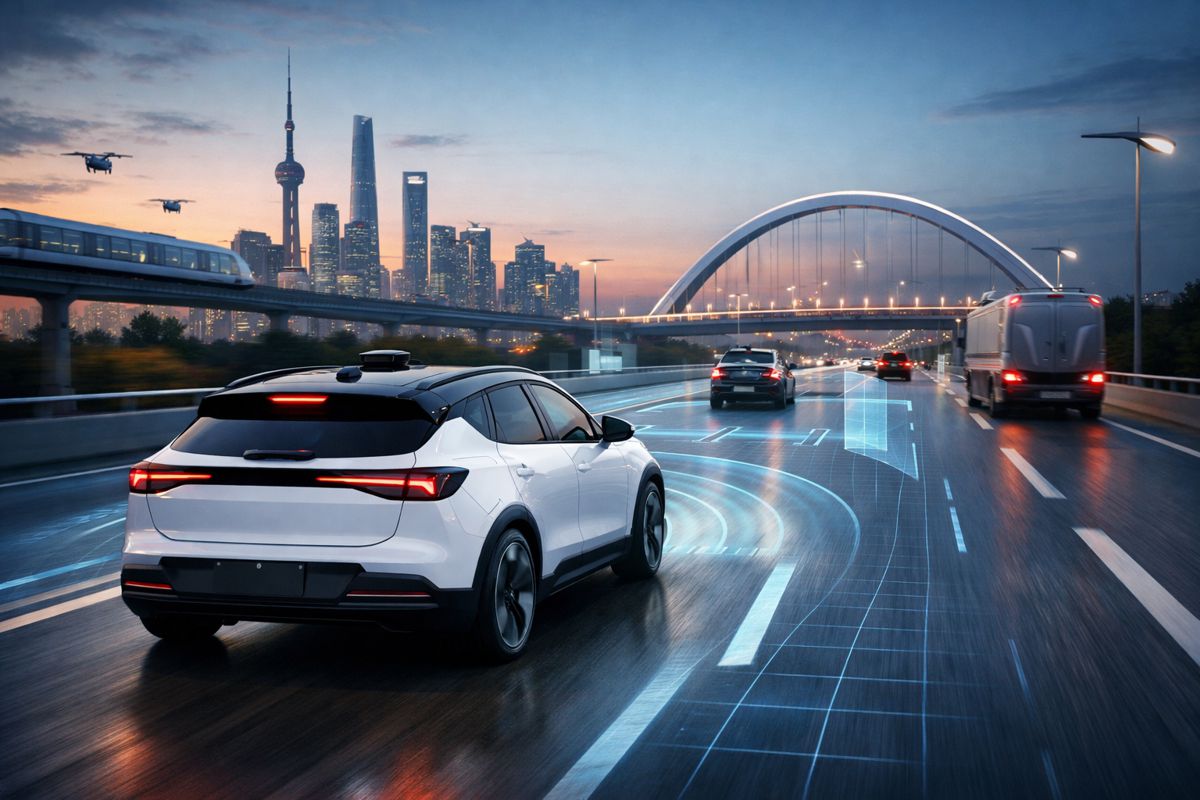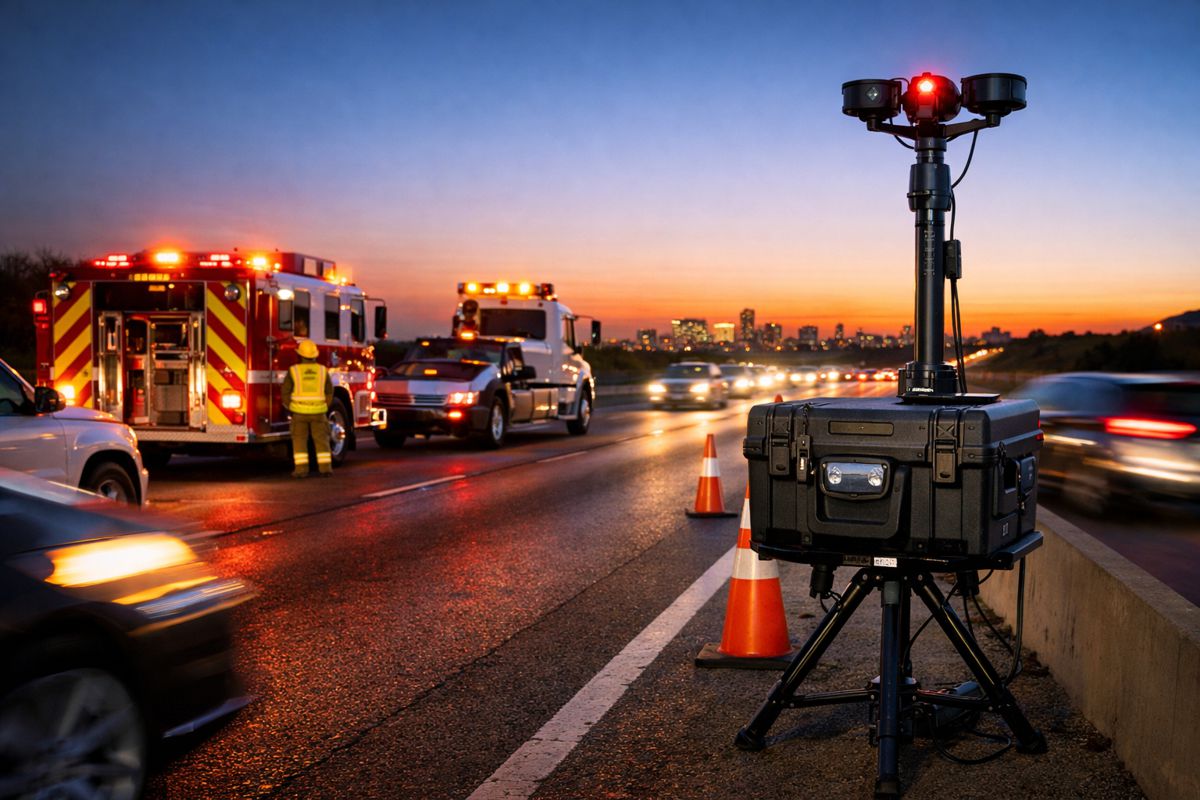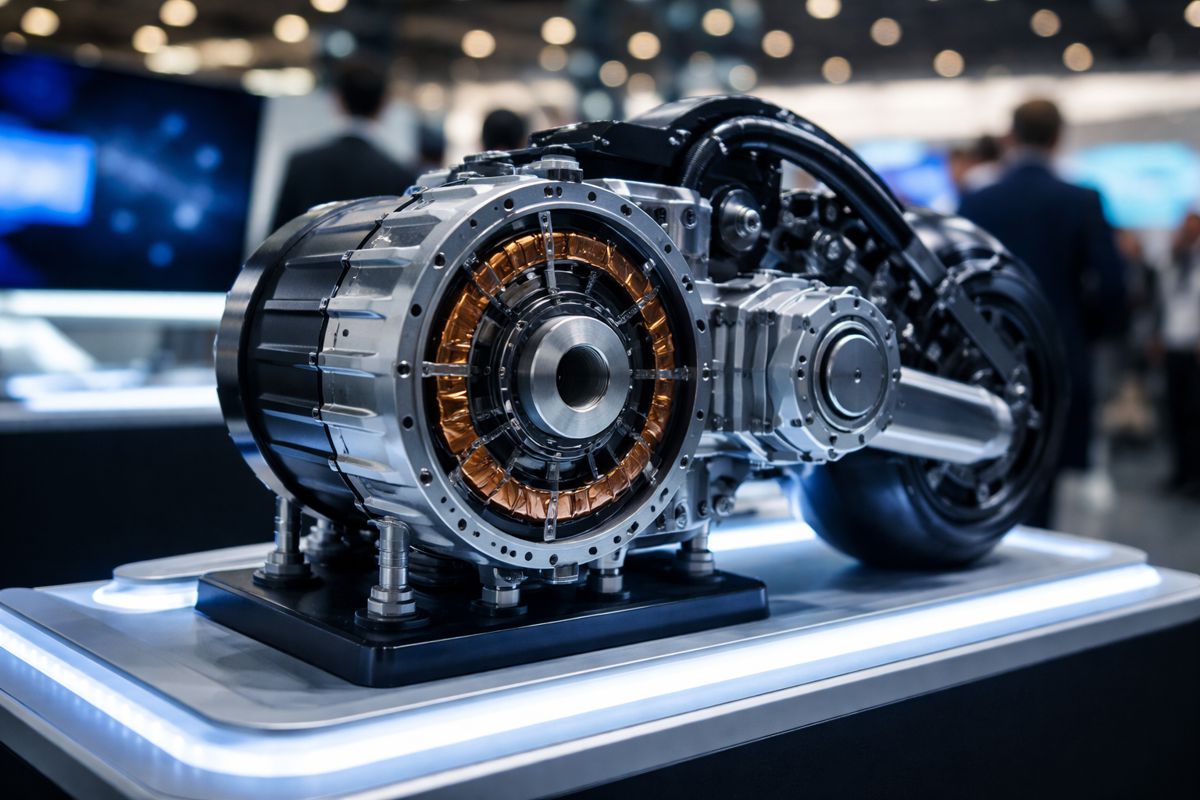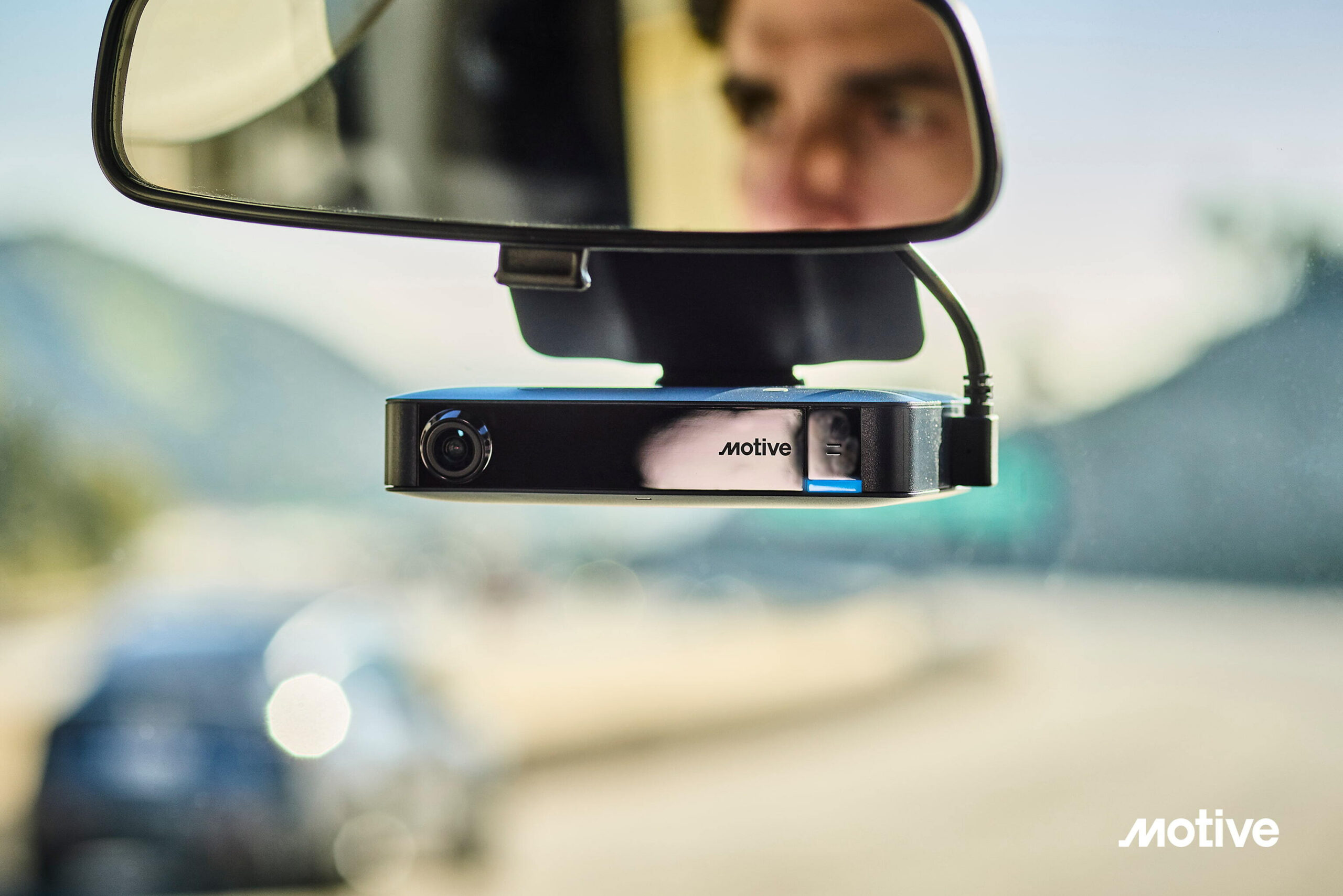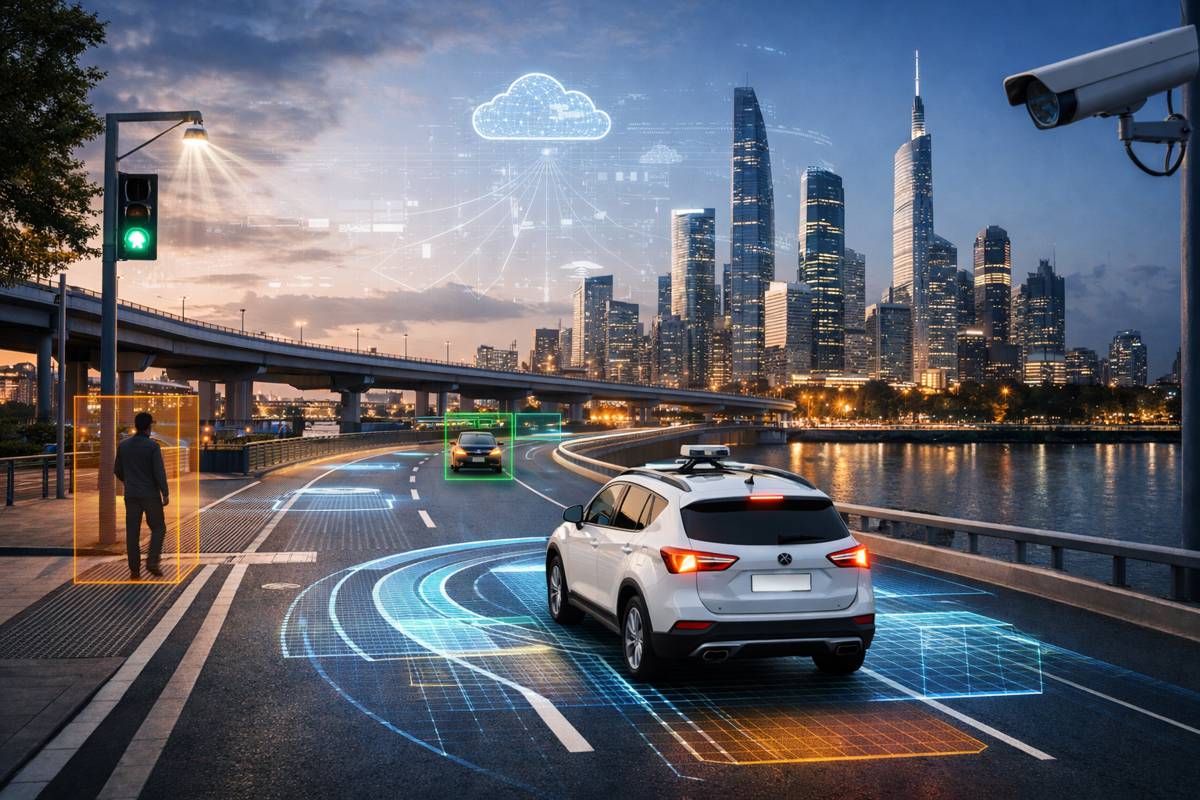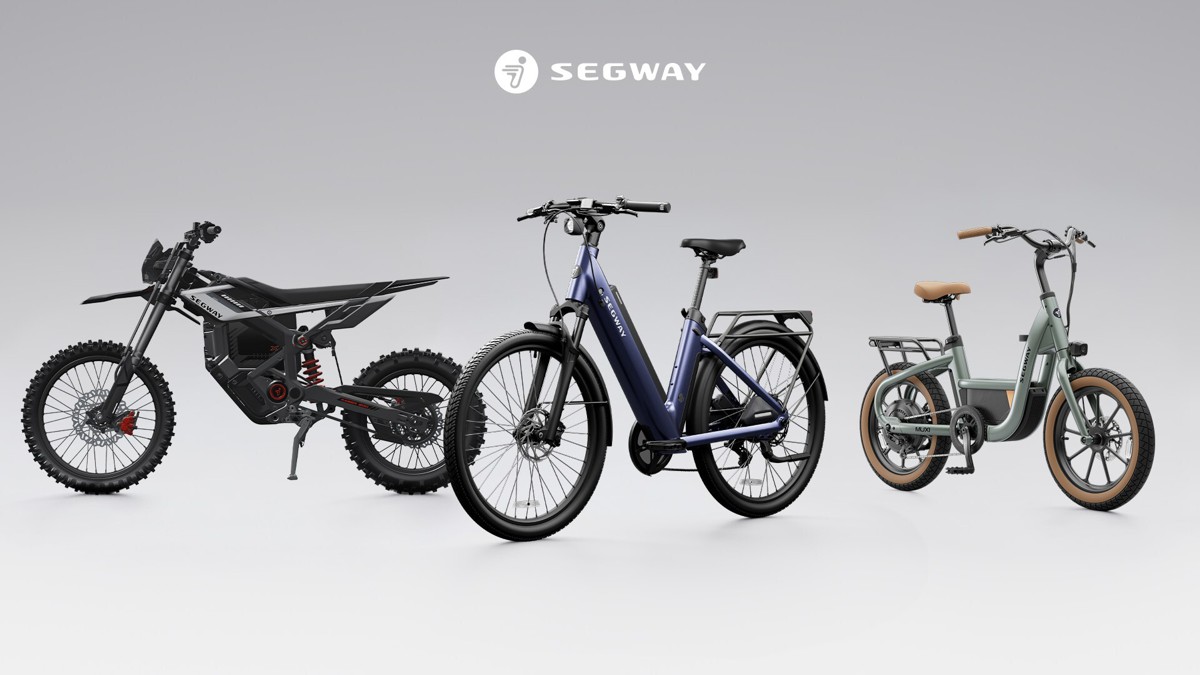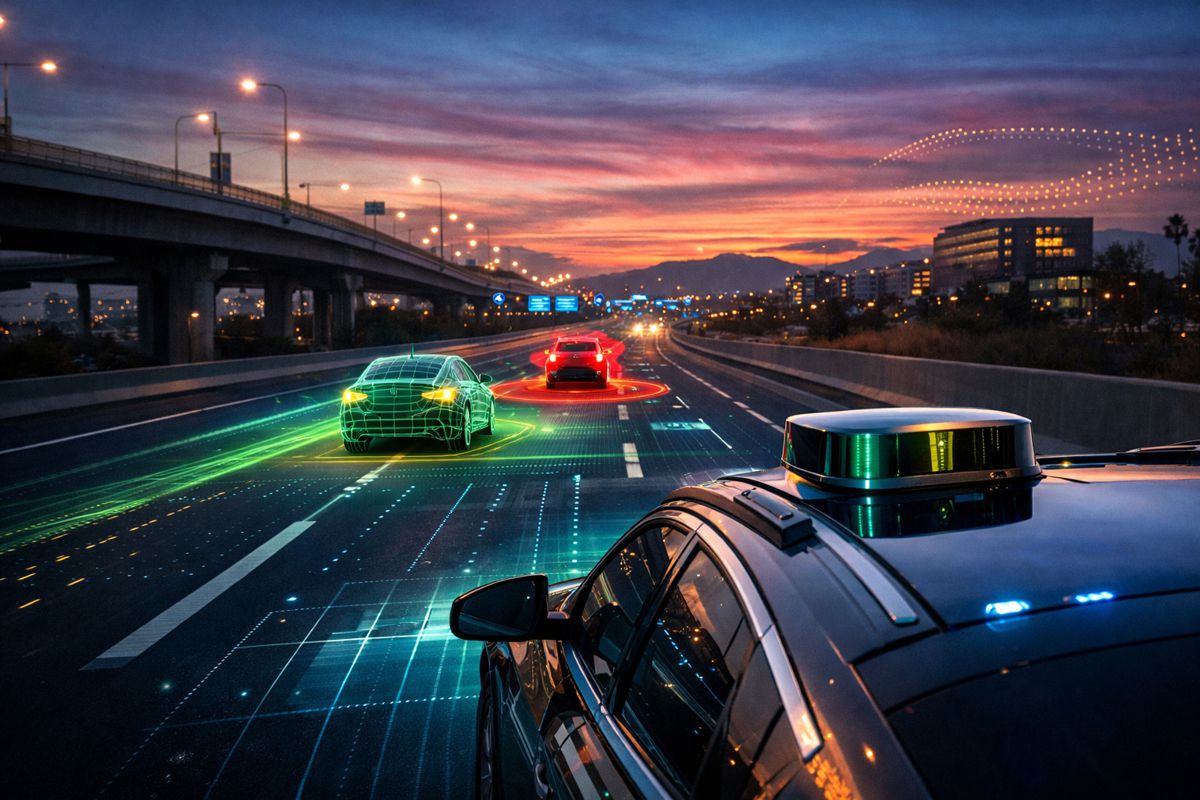AEye’s Apollo LiDAR Sets New Benchmark for Long-Range Performance
In the fast-paced world of lidar technology, one company stands out from the crowd—AEye. Known for pushing the boundaries of adaptive, high-performance lidar solutions, AEye has yet again made headlines with its latest achievement.
During rigorous field testing, AEye’s Apollo lidar sensor surpassed expectations, delivering ultra-high-resolution data at distances exceeding one kilometre. This remarkable feat positions Apollo as a key player in the lidar industry, with significant implications for automotive safety, advanced driver-assistance systems (ADAS), and beyond.
Pioneering Long-Range Detection: Breaking Barriers
In an industry that continually demands faster, safer, and more reliable sensor technologies, Apollo has proven itself a trailblazer. During field tests on bustling motorways, Apollo consistently identified vehicles and other objects over a distance of one kilometre. Such precision and range were once thought to be confined to laboratory settings, but AEye’s innovation has brought this breakthrough into the real world.
For the automotive sector, this technological leap is more than just a novelty; it’s a game changer. The ability to detect objects from farther away gives vehicles equipped with ADAS more time to react, potentially preventing accidents and enhancing overall safety. As the automotive industry inches closer to full autonomy, reliable long-range object detection becomes critical. Apollo’s field performance solidifies its position as a vital component in achieving these goals.
But AEye’s ambitions don’t stop at detection range. “The fact that we can deliver this kind of performance makes a strong case for 1550-nanometer technology,” said Matt Fisch, CEO of AEye. “We believe Apollo’s performance at over one kilometre is the longest distance achieved by any lidar sensor evaluated outside of a laboratory setting. Apollo can meet even the toughest safety requirements, like NHTSA’s forward collision warning standard for speeds of up to 90 miles per hour, all while maintaining a compact form factor.”
1550-Nanometer Technology
Apollo’s use of 1550-nanometer technology sets it apart from the competition. This wavelength offers distinct advantages, especially when it comes to long-range detection. Traditional lidar sensors struggle to maintain high resolution and data fidelity at extended distances, but 1550-nanometer technology allows Apollo to overcome these limitations. With Apollo, vehicles can detect objects with incredible accuracy, even when travelling at high speeds on the motorway.
Moreover, Apollo’s small form factor does not require automotive manufacturers to sacrifice design aesthetics or functionality. Whether integrated behind the windshield, on the roof, or within the grille, Apollo’s flexibility offers OEMs more options for incorporating lidar without compromising the overall vehicle design. It’s believed to be the only high-performance lidar capable of integration behind a windshield, making it a top choice for manufacturers who value both safety and sleek design.
Advanced Driver Assistance Systems (ADAS)
Apollo’s impact on the automotive sector is especially pronounced in the realm of ADAS. For these systems to function effectively, they need sensors that deliver reliable, real-time data—exactly what Apollo excels at. Its ability to gather detailed, high-resolution data across a wide field of view gives ADAS more time to respond to potential threats. This feature becomes particularly important at high speeds, where every millisecond counts.
High-resolution, long-range data enables AI-based decision-making systems to function more efficiently, as the lidar offloads much of the front-end complexity from AI models. Fisch noted, “AI-based decision-making systems are significantly enhanced by long-range, high-resolution data across a wide field of view, allowing for quick identification and more time to react to objects and threats.” By lightening the workload on AI models, Apollo not only improves response times but also facilitates faster development and deployment of advanced autonomous technologies.
The Future of Autonomous Vehicles
Autonomous vehicles (AVs) have long been hailed as the future of transportation, and lidar is central to making that future a reality. Apollo, as part of AEye’s 4Sight™ Intelligent Sensing Platform, plays a critical role in AV systems. The platform’s software-defined architecture allows Apollo to focus on what matters most—delivering faster, more accurate, and reliable information. With adaptive sensor-based operations, Apollo can continuously refine its data collection, making it ideal for the dynamic environments AVs will navigate.
As AVs move closer to commercialisation, safety remains a top priority, and Apollo is uniquely positioned to meet those needs. Its exceptional range and resolution not only enhance safety but also reduce the likelihood of accidents. With autonomous cars relying heavily on accurate, real-time data, Apollo’s advanced capabilities could become the gold standard for AV sensors.
A Versatile Solution for Smart Infrastructure and Logistics
While Apollo’s success in the automotive industry has garnered significant attention, its potential applications extend far beyond the road. AEye’s 4Sight™ platform, powered by Apollo’s lidar capabilities, can be leveraged for smart infrastructure and logistics as well. Cities around the world are increasingly adopting smart technologies to improve traffic flow, reduce congestion, and enhance public safety.
For instance, Apollo’s ability to capture high-resolution data at long distances makes it an ideal tool for traffic management systems. By providing a clearer picture of road conditions, traffic patterns, and potential hazards, Apollo can help city planners optimise road layouts and traffic signals, reducing bottlenecks and improving overall efficiency.
In logistics, Apollo’s precise data collection can streamline operations in ports, airports, and warehouses. As supply chains become more automated, the need for sensors that deliver reliable, long-range data becomes essential. Apollo’s flexibility and adaptability make it a prime candidate for integration into these complex environments.
Pushing the Boundaries of What’s Possible
As technology continues to evolve, so too does the need for smarter, more efficient systems that prioritise safety and performance. AEye’s Apollo lidar sensor is at the forefront of this movement, delivering a level of performance that’s unmatched in the industry. Its long-range detection, high-resolution data, and compact design have set a new standard for lidar technology, one that could reshape industries from automotive to logistics.
“We’re excited to continue leading innovation in this space,” said Fisch, “while pushing the boundaries of what’s possible with Apollo.”
The Road Ahead
With its field testing success and growing list of use cases, Apollo is poised to become a cornerstone of lidar technology. Whether enhancing automotive safety, enabling autonomous vehicles, or supporting smart infrastructure, Apollo is redefining what lidar sensors can achieve. As AEye continues to innovate, the road ahead looks brighter—and safer—thanks to Apollo’s ground-breaking performance.









